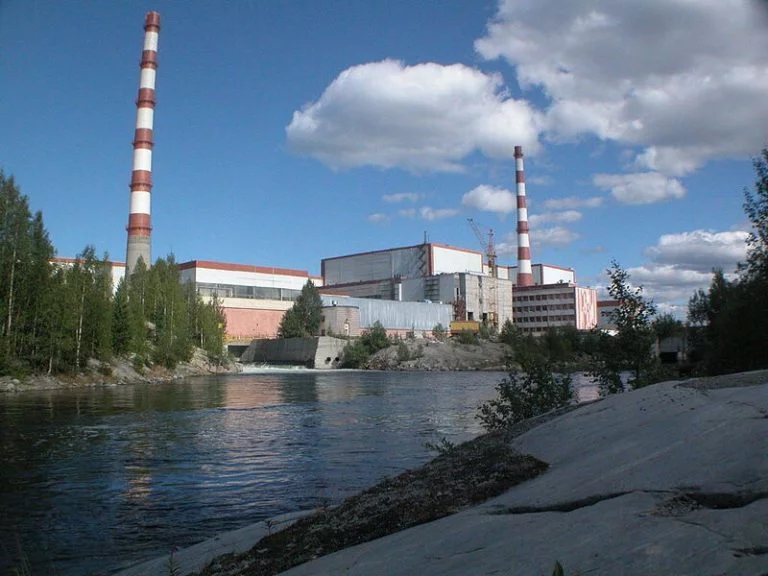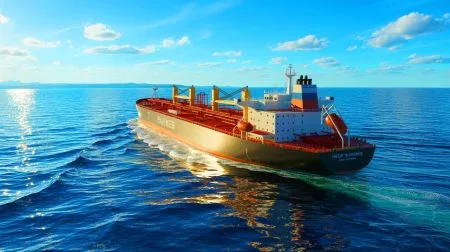Russia has begun to load uranium on the reactors on the Akademik Lomonosov, the world’s first floating nuclear power station, in the Arctic port of Murmansk.
Rosatom, the state nuclear corporation, said the process was underway at Atomflot, home of the nuclear-powered icebreaker fleet in Murmansk. A second batch is due to follow soon.
The fuelling operation on the Akademik Lomonosov’s reactors is thought to be similar to those on icebreakers and the loading procedure should be routine for Atomflot, which has regularly carried out similar operations for decades. The residents of Murmansk are not reported to be anxious about the operation.
The two icebreaker-style KLT-40 reactors are due to undergo tests in the Barents Sea before the 144 metres by 30 metres wide ship is towed east to the Pacific town of Pevek in Chukotka.
Rosatom said it would supply power for 100,000 residents and replace energy produced by the ailing Bilibino nuclear power station, which is due to be decommissioned. Rosatom said the Akademik Lomonosov, named after the 18th-century Russian scientist Mikhail Lomonosov, would also power offshore oil platforms in the Arctic.
The fuelling of what environmental groups have called a “nuclear Titanic”, with a displacement of 21,000 tonnes, is being carried out in secret. The St Petersburg authorities prevented Rosatom from fuelling the ship at its docks so the slab-sided vessel had to wait until it docked in Murmansk to receive its active ingredient.
Intervention from the Norwegian foreign ministry secured a promise from Rosatom not to fuel the “floating Chernobyl” until it had been towed past Scandinavia.
The lifecycle of the onboard power plant is 40 years with the possibility of being extended to up to 50 years.
The Akademik Lomonosov is meant to operate in remote locations but the remoteness, in some of the world’s most hostile maritime conditions, would complicate the rescue operations that would be necessary after an accident.
No spent nuclear fuel or radioactive waste will be left behind as it will be taken to the special storage sites, Rosatom claims.
But routine clearing of spent nuclear fuel from its reactors will also be complicated by its Arctic location.
After decommissioning, it is planned to tow the vessel to a special deconstruction and recycling site.
Rosatom in Murmansk. The Akademik Lomonosov is ringing environmental alarm bells around the world. Picture credit: Wikimedia
Did you like it? 4.5/5 (28)







